
How to Use 349590340 : Examples, Pinouts, and Specs
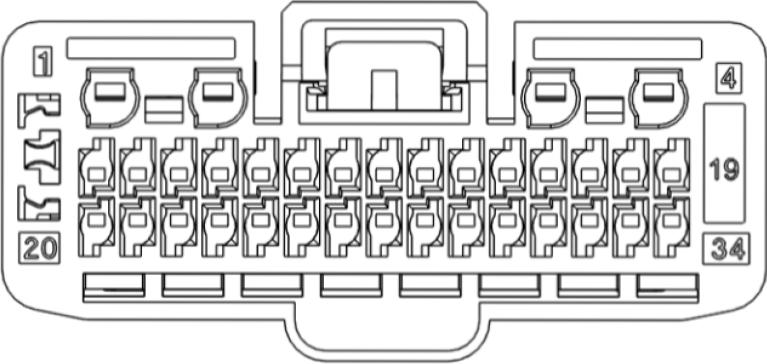
 Design with 349590340 in Cirkit Designer
Design with 349590340 in Cirkit DesignerIntroduction
The Molex 349590340 is a versatile electronic component designed for use in a wide range of electronic circuits. While the specific nature of the component (e.g., resistor, capacitor, or other circuit element) depends on the manufacturer's catalog, it is engineered to meet high standards of reliability and performance. This component is commonly used in consumer electronics, industrial equipment, and prototyping applications.
Explore Projects Built with 349590340
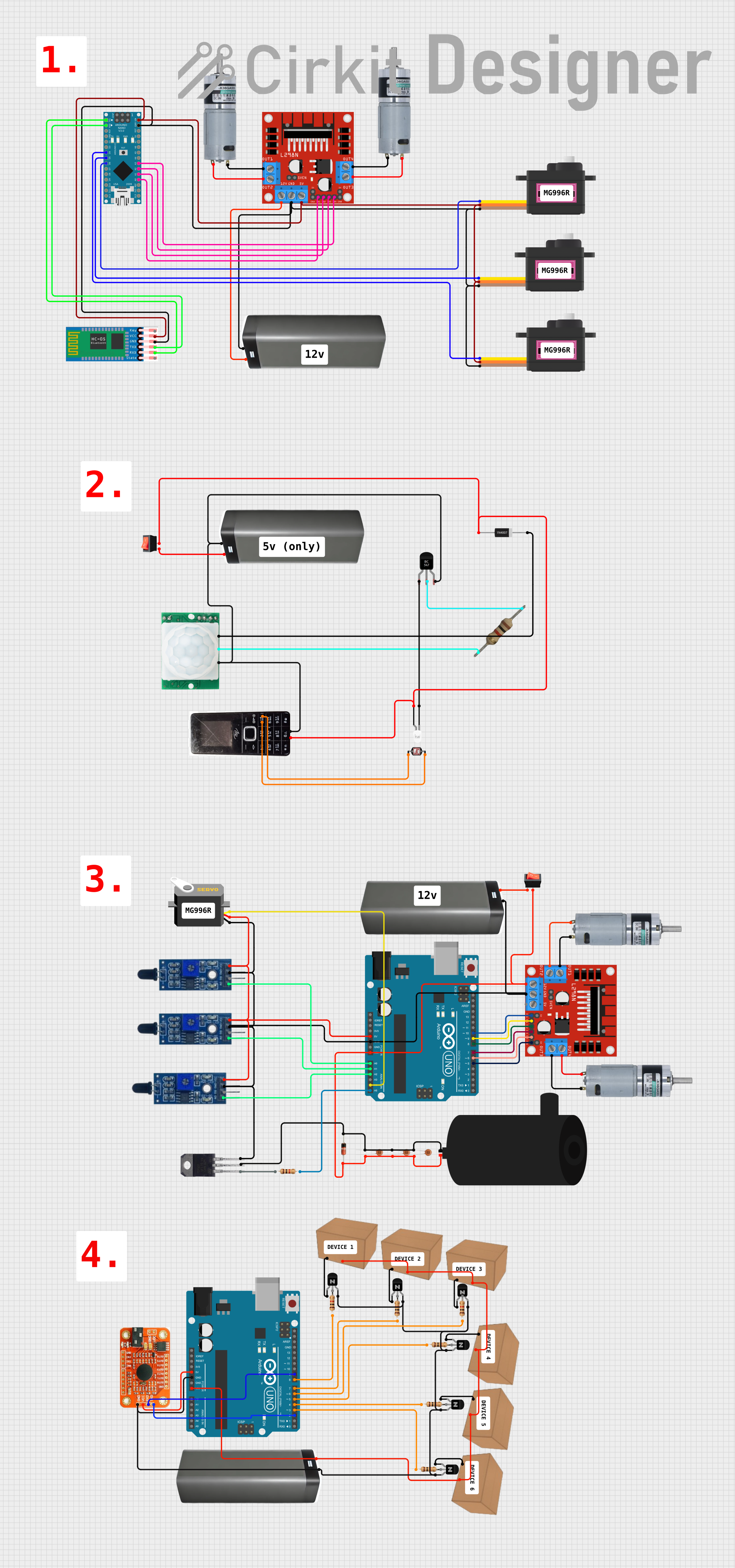
 Open Project in Cirkit Designer
Open Project in Cirkit Designer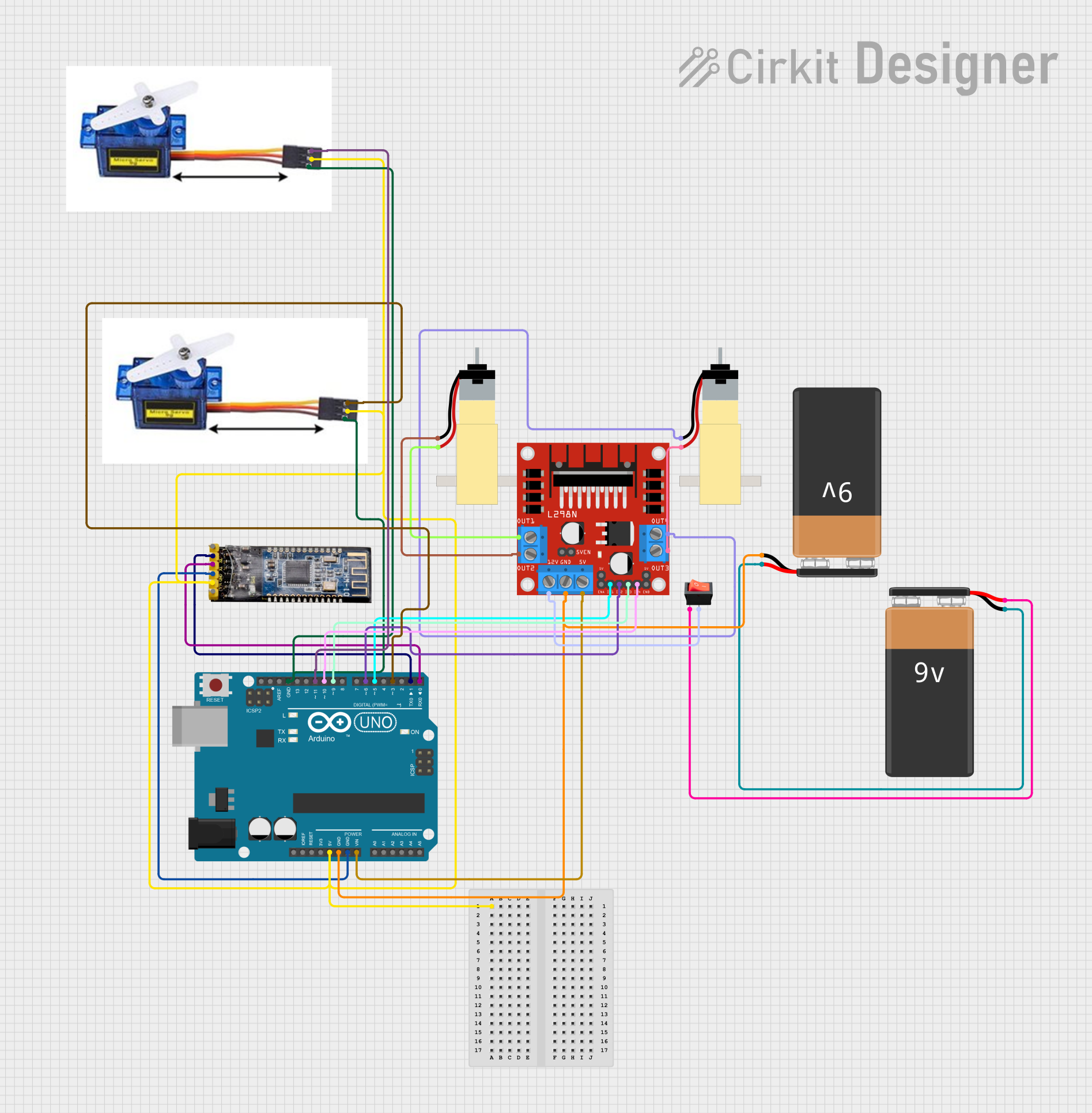
 Open Project in Cirkit Designer
Open Project in Cirkit Designer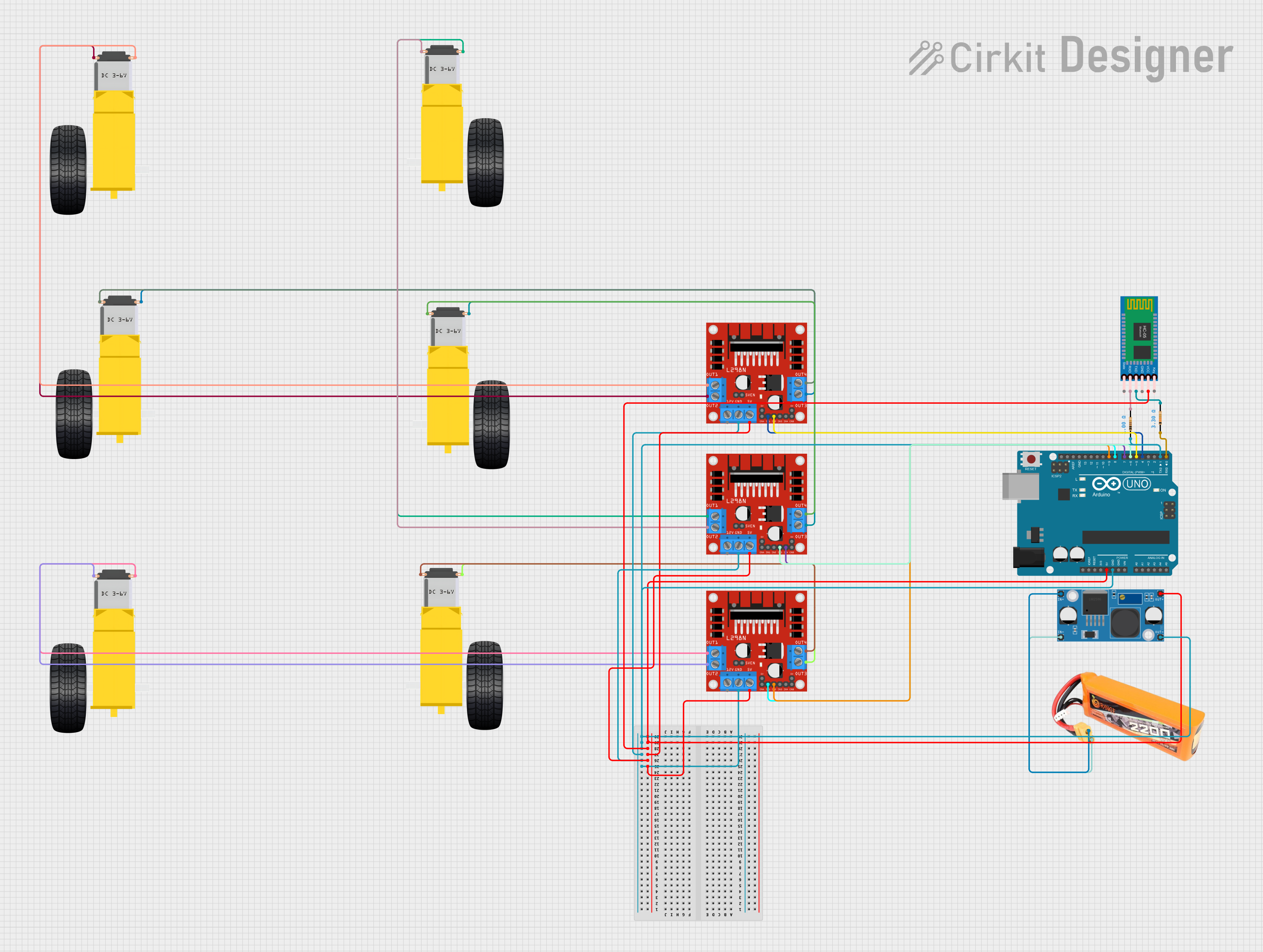
 Open Project in Cirkit Designer
Open Project in Cirkit Designer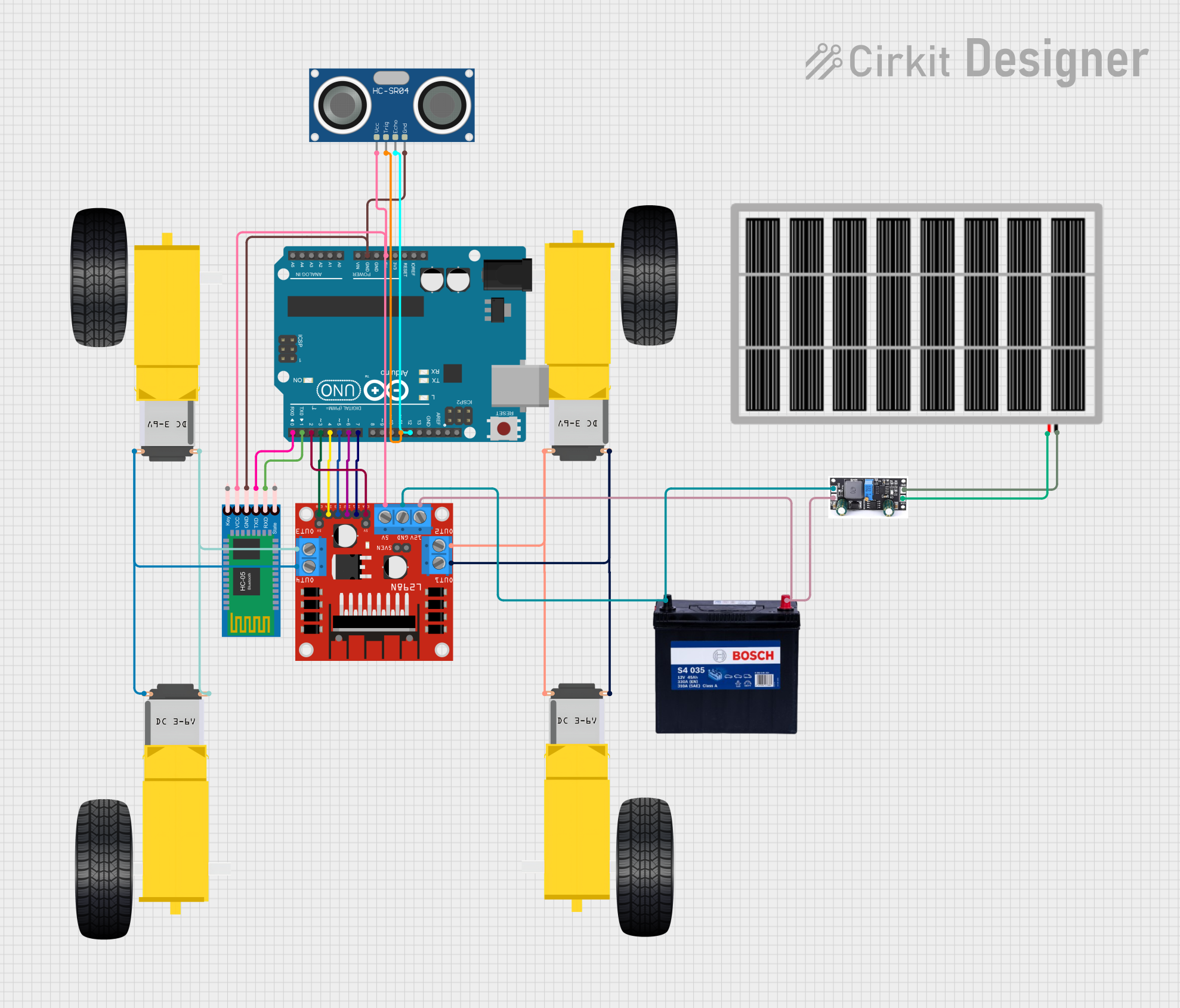
 Open Project in Cirkit Designer
Open Project in Cirkit DesignerExplore Projects Built with 349590340

 Open Project in Cirkit Designer
Open Project in Cirkit Designer
 Open Project in Cirkit Designer
Open Project in Cirkit Designer
 Open Project in Cirkit Designer
Open Project in Cirkit Designer
 Open Project in Cirkit Designer
Open Project in Cirkit DesignerCommon Applications and Use Cases
- Power management circuits
- Signal processing and conditioning
- Prototyping and development boards
- Industrial automation systems
- Consumer electronics devices
Technical Specifications
Below are the key technical details for the Molex 349590340. Please refer to the manufacturer's datasheet for more detailed information.
General Specifications
| Parameter | Value |
|---|---|
| Manufacturer | Molex |
| Part Number | 349590340 |
| Component Type | Resistor/Capacitor/Other |
| Operating Voltage | Varies (refer to datasheet) |
| Operating Temperature | -40°C to +85°C |
| Mounting Type | Surface Mount (SMD) |
| Package Type | Varies (refer to datasheet) |
Pin Configuration and Descriptions
The pin configuration for the Molex 349590340 depends on its specific type (e.g., resistor, capacitor, etc.). Below is a general example for a 2-pin component:
| Pin Number | Description | Notes |
|---|---|---|
| 1 | Terminal 1 | Connect to circuit as required |
| 2 | Terminal 2 | Connect to circuit as required |
For components with more than two pins, consult the datasheet for detailed pinout information.
Usage Instructions
How to Use the Component in a Circuit
- Identify the Component Type: Determine whether the Molex 349590340 is a resistor, capacitor, or another type of component by consulting the datasheet or product catalog.
- Check Ratings: Verify the voltage, current, and power ratings to ensure compatibility with your circuit.
- Mounting: If the component is surface-mount, use appropriate soldering techniques to attach it to the PCB.
- Circuit Design: Integrate the component into your circuit design based on its function (e.g., as a resistor for current limiting or a capacitor for filtering).
Important Considerations and Best Practices
- Polarity: If the component is polarized (e.g., electrolytic capacitor), ensure correct orientation during installation.
- Thermal Management: Ensure adequate cooling or heat dissipation if the component operates at high power levels.
- Testing: Use a multimeter or other testing equipment to verify the component's functionality before and after installation.
Example: Using with Arduino UNO
If the Molex 349590340 is a resistor or capacitor, it can be used in conjunction with an Arduino UNO for basic circuit applications. Below is an example of using a resistor to limit current for an LED:
// Example: Using a resistor with an LED and Arduino UNO
// Connect the Molex 349590340 resistor in series with the LED to limit current.
const int ledPin = 13; // Pin connected to the LED
void setup() {
pinMode(ledPin, OUTPUT); // Set the LED pin as an output
}
void loop() {
digitalWrite(ledPin, HIGH); // Turn the LED on
delay(1000); // Wait for 1 second
digitalWrite(ledPin, LOW); // Turn the LED off
delay(1000); // Wait for 1 second
}
Note: Ensure the resistor value is appropriate for the LED and power supply to prevent damage.
Troubleshooting and FAQs
Common Issues Users Might Face
Component Overheating: This may occur if the voltage or current exceeds the component's rated limits.
- Solution: Verify the circuit design and ensure the component is operating within its specified range.
Incorrect Polarity: For polarized components, incorrect installation can lead to malfunction or damage.
- Solution: Double-check the orientation before soldering or connecting the component.
Poor Solder Joints: Surface-mount components require precise soldering techniques.
- Solution: Use a fine-tipped soldering iron and quality solder paste for SMD components.
Component Not Functioning: The component may be damaged or incompatible with the circuit.
- Solution: Test the component with a multimeter and replace it if necessary.
FAQs
Q: How do I determine the exact type of the Molex 349590340?
A: Refer to the manufacturer's datasheet or product catalog for detailed information about the component type and specifications.
Q: Can this component be used in high-frequency circuits?
A: The suitability for high-frequency applications depends on the specific type and characteristics of the component. Check the datasheet for details.
Q: What tools are recommended for soldering this component?
A: For surface-mount components, use a fine-tipped soldering iron, solder paste, and tweezers. A reflow oven or hot air station may also be used for precise soldering.
Q: Is this component RoHS compliant?
A: Check the manufacturer's documentation to confirm compliance with RoHS and other environmental standards.